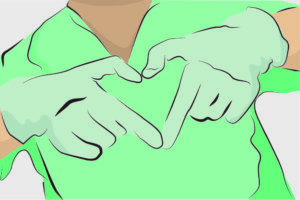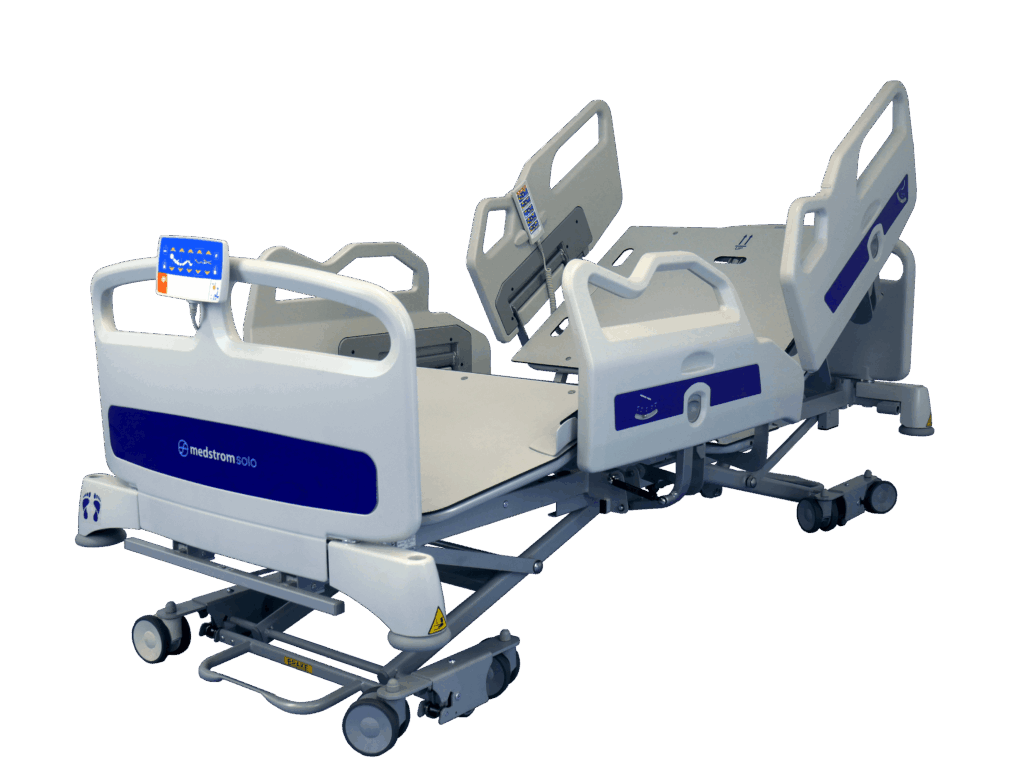
The Children’s Standard for Medical Beds EN 50637: 2017 – FAQ
The children’s standard for medical beds (BS EN 50637:2017) has been in the spotlight since August 2023 following the issue of a National Patient Safety Alert (NatPSA/2023/010/MHRA). This states that healthcare providers must ensure that children or adults with atypical anatomy (small stature) are provided with equipment (bed / cot / crib) which is compliant with BS EN 50637:2017. This will apply unless there is a documented reason for using a non-compliant bed.
Clinicians understandably want to make sure they take the necessary steps to comply, and as a result we’ve had a lot of questions about the standard. Therefore, in this post, we answer the most frequently asked.
What are the standards for medical beds?
There are two standards for medical beds, and the safety alert refers to both of them:
BS EN 60601-2-52:2010+A1:2015 is the standard for adult beds.
BS EN 50637:2017 is a separate standard for medical beds and cots for children and adults with atypical anatomy. In the rest of this post, for easier reading, we’ll refer to this as the children’s standard.
Which patients does the children’s standard apply to?
The children’s standard defines a child as a patient who is 155cm or less tall and weighs 70kg or less.
Additionally, it applies to adults of atypical anatomy (small stature) – i.e. physical size less than 146 cm, mass less than 40kg or a body mass index of less than 17.
Is it possible for a bed to comply to both standards?
Yes. If a bed which meets the children’s standard is also to be used for adults who are larger than those with atypical anatomy, it must be tested to meet both standards. At the time of writing this, there are very few beds available in the UK which meet both standards.
But is it not the case that to meet the children’s standard the bed must be a maximum of 180cm long?
No. The following sentence is directly taken from the BS EN 50637:2017 BSI Standards Publication:
If a manufacturer wishes to make a bed that can be used by both a child and an ADULT, e.g. length of 180 cm or more, then it will fulfil both EN 60601-2-52 and this particular standard.*
*(This particular standard in the sentence above is BS EN 50637:2017).
How does the children’s standard differ from the adult?
There are a number of new key, additional safety requirements in the children’s standard, including:
- The handset must not be available for the patient to use, to prevent entrapment risks. There are a number of acceptable solutions to this, including providing a locked box/shelf to store it, using a passcode, or having a wireless handset that can be taken away completely.
- Wires must be attached in such a way that they don’t pose a ligature risk.
- Any recesses or gaps which could trap fingers are not permitted.
- Sharp edges, which could cause injury, are not permitted.
- Enclosed gaps – such as those within head/foot boards and side rails must be less than 60mm to reduce the risk of entrapment or strangulation.
- Cot side rails must be a minimum of 600mm above the mattress platform in the ‘up’ position to prevent the patient falling over the top. [This measurement is only relevant to paediatric cots and not cribs or junior beds].
How do I know if a patient needs a crib, cot, or bed?
The standard specifies this by the length of the user:
- Crib: Maximum length 75cm.
- Cot: Minimum length 75cm, maximum 125cm
- Junior bed and oversize cot: Minimum length 125cm, maximum 155cm
Does Medstrom have products that meet the children’s standard?
Yes, we have a range of products available that are fully compliant. Please contact us for more information.









